The digitalization of the economy is gaining momentum, and the Internet of Things (IoT) is one of the most promising technologies capable of changing the business models of individual companies or even entire industries.
For a long time, most people thought of smart sensors only in the context of “smart home”. However, today’s solutions based on them solve a much broader range of tasks. One of these areas is supply chain management to ensure the efficient and safe delivery of goods around the globe.
In this article, we will take a look at the practical application of IoT in logistics for supply chain management, learn about its main benefits, and find prospects for using the technology for companies in this industry.
- Cloud-based data platforms tops the list of technologies that have been partially or fully adopted in supply chain operations (84%), followed by the Internet of Things (IoT) (79%). — PwC
- The global supply chain management software (SCM) market is projected to grow at a CAGR of 4.52% (2024-2028), reaching a market volume of US$24.19 billion in 2028. — SCM
- Internet of Things (IoT) in Warehouse Management Market size is projected to be worth USD 17.36 Bn by 2030, registering a CAGR of 14.2% during the forecast period (2023-2030), and the market. — Marketresearchcommunity
The Business Benefits of Using IoT Solutions for Supply Chain Management
Numerous companies are already using IoT solutions for supply chain management. If you still have doubts, check the list of the benefits that this technology can provide:
- Automated goods transportation tracking to improve supply management and reduce losses.
- Optimized and more efficient resource and warehouse space usage.
- Accurate and modern automated inventory management system.
- Optimized delivery routes, saved time, and reduced operational expenses.
- Faster delivery and more accurate estimates improve transparency and customer service quality.
- Reduced manual data processing and vaster real-time data collection and analysis allow companies to make correct business decisions.
In a complex, the things described above allow companies using IoT in supply chain to gain advantages over their market competitors and increase profitability.
Build the next big thing with us
Set the requirements and let us build your custom application to power your business with an efficient software solution.
Get in touch8 Applications of IoT in Supply Chain Management
IoT provides companies with new opportunities and tools, allowing them to control and manage all aspects of logistics operations. Let us take a closer look at how supply chains can practically benefit from using the Internet of Things.
IoT Shipment Tracking and Cargo Monitoring
GPS trackers and other sensors help logistics companies track their cargo continuously along its entire route. This approach provides accurate real-time data on cargo location and status.
Using this data, businesses can optimize delivery routes, reduce cargo loss or damage risks, and improve customer service. If any problems occur, like delayed delivery or shipment damage, IoT will ensure quick response and action.
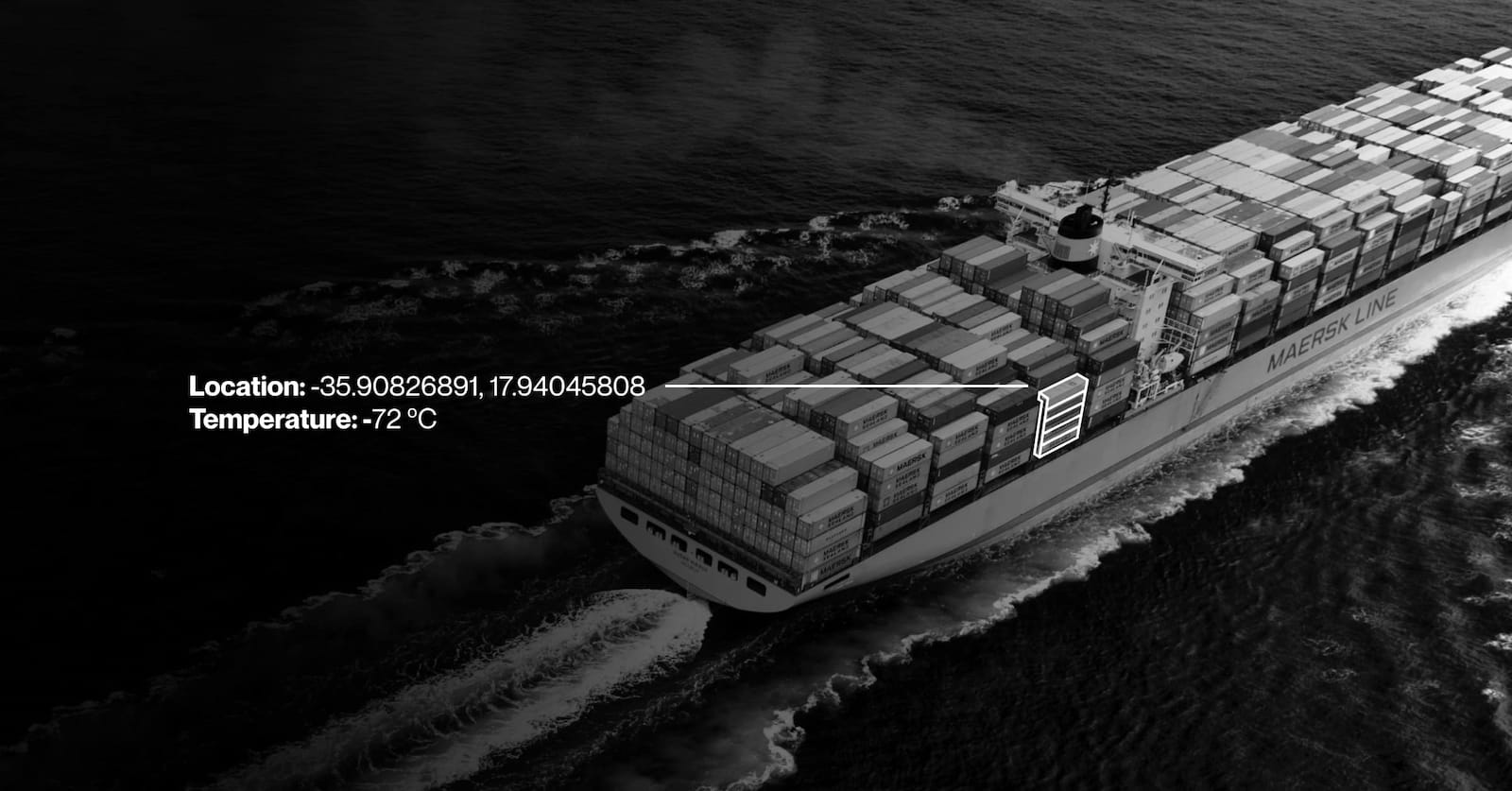
Smart transportation facilities
Sensors and transmitting communication devices are already installed on numerous trucks, containers, railway cars, and other transportation equipment to track their condition and location in real-time.
These devices allow businesses to exercise efficient monitoring of their transport fleet performance, prevent breakdowns and accidents, and optimize transportation routes and traffic schedules.
Warehouse automation
In warehouses, IoT technologies can be combined with robotics and AI to automate tasks such as picking, packing, and re-stocking. This approach increases operational efficiency, reduces errors, and enables 24/7 operations without additional labor costs.
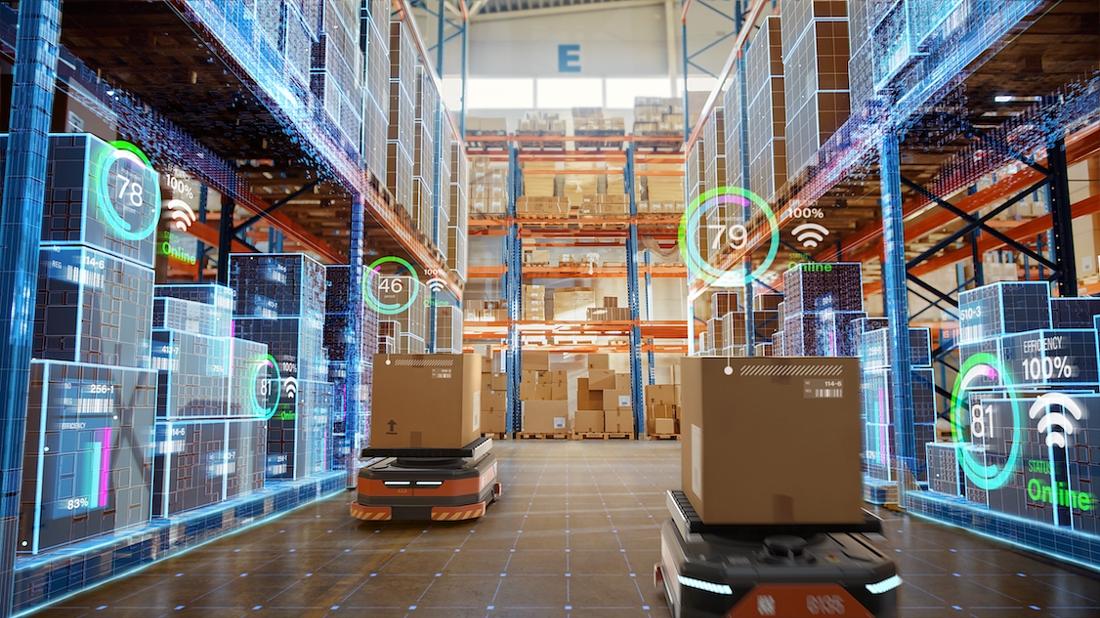
Transportation quality control
Specific items (for example, chemicals) need specialized conditions to be stored — appropriate humidity, temperature, illumination, and other parameters. Once preset threshold values go beyond the optimal indices, the devices promptly inform the people who are in charge of this direction.
Predictive Analytics
The use of IoT generates vast amounts of data from sensors placed throughout the supply chain, from warehouse operations to transportation and delivery. Specialized software uses this data to predict future trends, demand patterns, and potential supply chain disruptions.
By analyzing historical and real-time data, predictive analytics tools can identify patterns, anticipate problems before they occur, and recommend actions to mitigate risk.
Ready to work with us?
We have what it takes to create an effective software solution for your business needs.
Contact usSupply chain network mapping
IoT improves supply chain visibility by mapping the entire network in real time, using sensors and devices to monitor all nodes, from suppliers to retail outlets. Mapping your supply chain is about gathering information about your suppliers, your suppliers’ suppliers, and the people who work in your supply chain to create a global map of your supply network.
Visualization helps identify inefficiencies, bottlenecks, and vulnerabilities throughout the supply chain. It also highlights dependencies and vulnerabilities, facilitating proactive mitigation strategies.
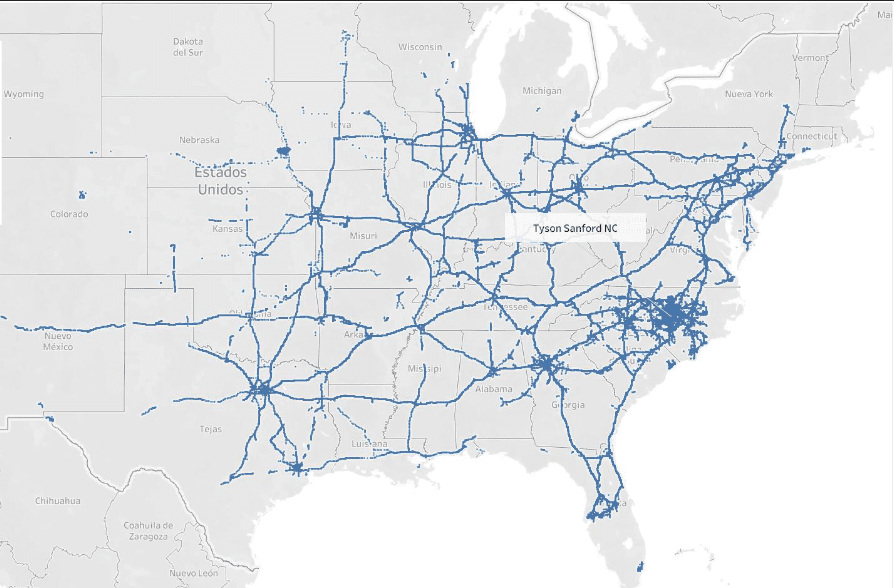
A quick search for specific merchandise
It can sometimes be difficult to find a specific item in the warehouse, especially if the storage facility is vast. Consequently, companies can tag goods using IoT sensors to simplify navigation in warehouses or distribution centers and ensure fast and accurate product identification.
IoT-based fleet maintenance monitoring
The use of IoT reduces numerous problems related to potential equipment or vehicle breakdowns. In this case, sensors perform a crucial job — they quickly detect abnormalities to avoid serious breakdowns.
For instance, they monitor tire pressure, fuel consumption, and engine performance and detect the corresponding malfunction patterns.
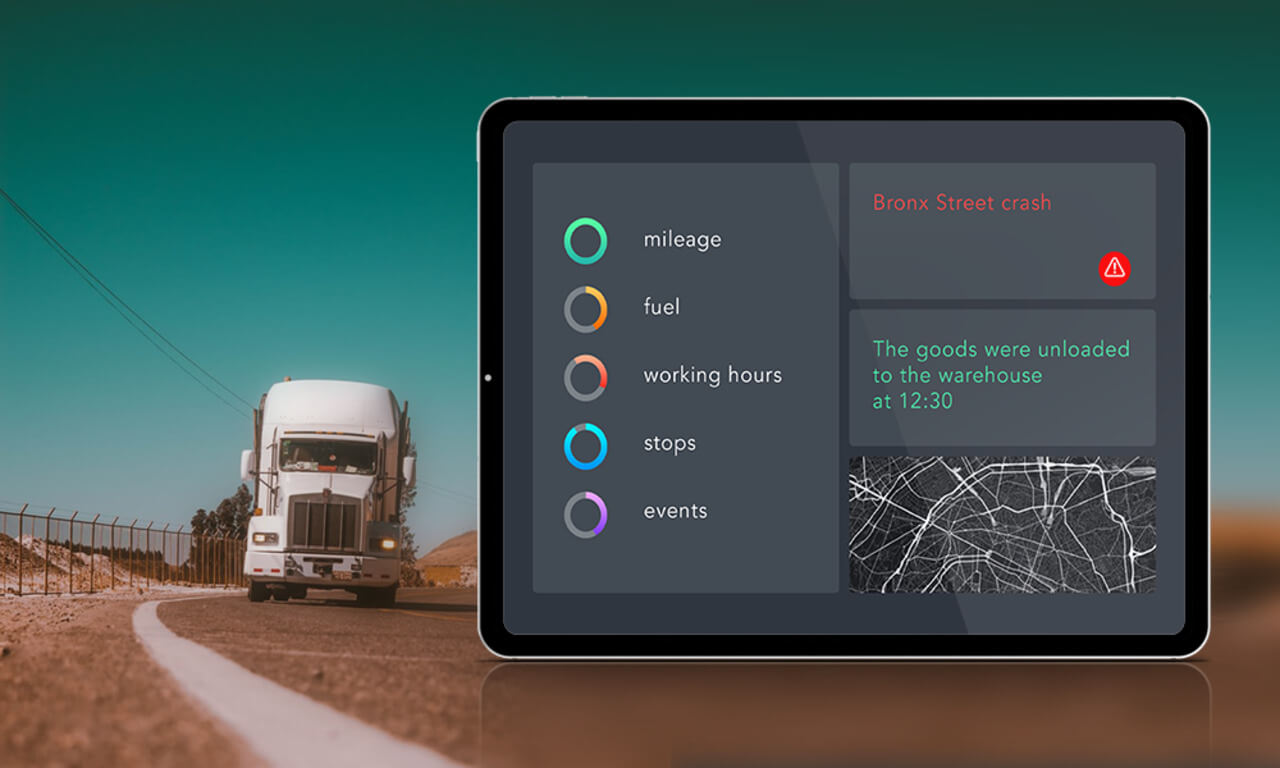
Leverage IoT and Supply Chain Management with SmartTek
One of the main goals for the logistics industry in the future is to reduce costs and minimize delays of cargo in transit by increasing operational transparency and minimizing human involvement in the processes. Therefore, leveraging advanced technologies such as IoT is going to be crucial in creating innovative solutions in logistics.
By introducing the right technology into the work processes, companies will manage to evolve in the right direction to meet the demands of a dynamic and competitive market.
Our team has more than 18 years of experience in software development and has the appropriate expertise in creating efficient digital solutions for companies of various sizes operating in different industries. If you are looking to leverage IoT in logistics and supply management, we will take into account your business needs and help you create a truly efficient product.
Contact us and let us discuss the details!
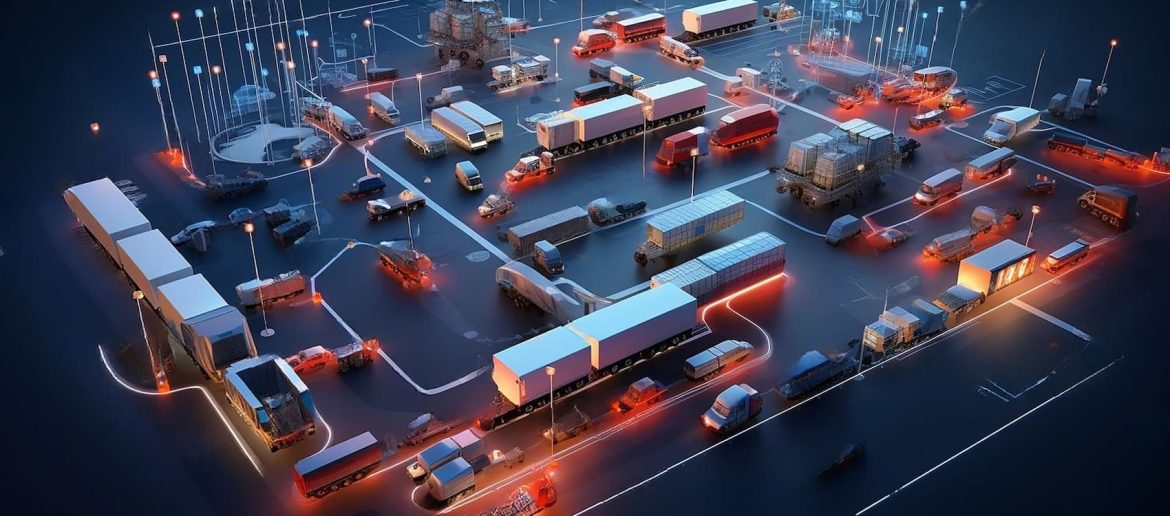
 view the post
view the post
 view the post
view the post
 view the post
view the post
